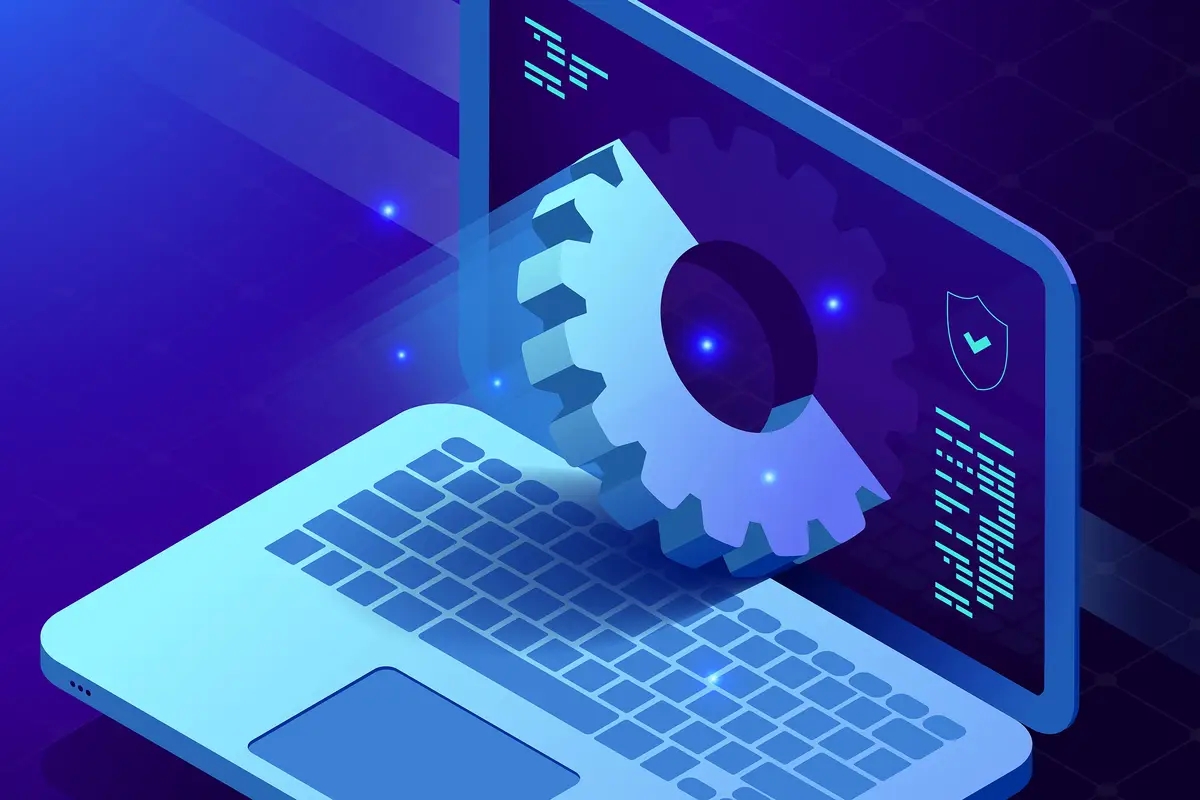How to identify apps that hog system resources in Windows 10
Is your PC producing too much heat, or is it running slowly? Possibly at least one of the many programs is hogging your computer system resources. Depending on the resources getting hogged, the exact signs might differ. But it’s common for a hogging resource to slow down the operations of running programs. The liutilities.com/processlibrary/ will enable you to get the processes that hog your machine.
Signs of resource hogging
A computer has five key resources: memory disk, CPU, Network, GPU, and Disk. The CPU is the main computer processor. If you use it heavily, other operating system programs will run slowly. The CPU will also output more heat, increasing the speed of your cooling fans.
Computer memory or RAM stores data that the active programs and the operating system need to run. When an app takes more space on RAM, some programs will have their data pushed out of the RAM. Such programs become slow to open or load or even open back up when minimized.
The Disk is your PC’s hard drive. A hogging app will limit other apps from accessing the hard Disk, thus becoming slow.
Network usage
The percentage measure is how fast your network can transmit data. You can get to 100 percent of your network connection has some hogging due to a single app. If your networks get hogged, then other apps will be slow.
The GPU handles all the graphic tasks like rendering the desktop, video games, and apps. If the Graphics Processing Unit gets hogged up by an app, it will heat much. The result is a reduced performance impact. Some graphically intensive tasks become slow when the GPU is under heavy load.
To identify the programs hogging your machine, use the task manager window. Choose processes and check for the ones with large statistics.


